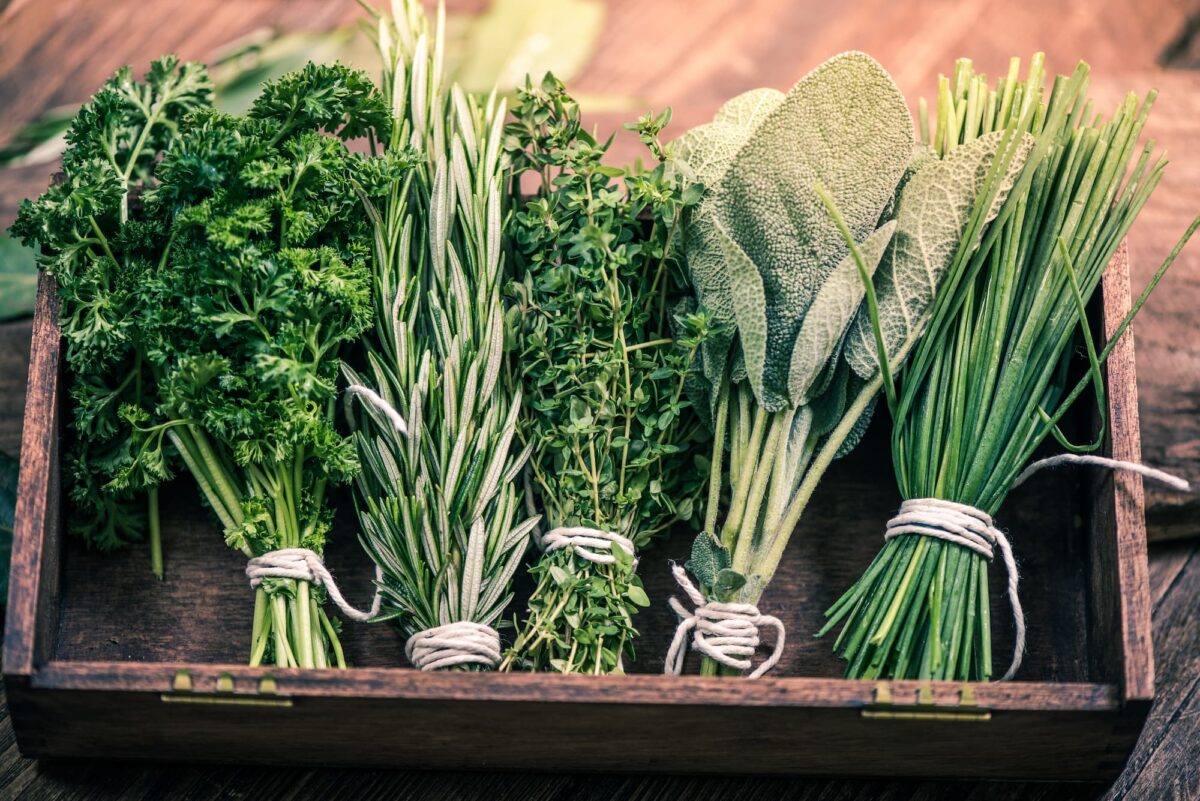Facts
Basil is also known as the “king of herbs”. Its name comes from the Greek word “basileùs”, meaning king or regent. The ancient Egyptians used basil as far back as 4,000 years ago. The herb was found in graves excavated in pyramids.
Facts
Coriander – love it or hate it. The herb’s name comes from the Greek “koris”, meaning stink bug. It was probably chosen for the strong smell of the coriander plant.
Facts
Cress is extremely uncomplicated and low maintenance. It doesn’t even need soil to grow: cress can germinate on cotton wool. Light and water provide all the nutrients it needs to grow.
Facts
In German, the crimson beebalm is known as “Indian nettle”. To this day, many native Americans swear by this herb and its antiseptic properties. Historically, shamans used the crimson beebalm to heal wounds and for inflammation of the throat and mouth.
Facts
In Switzerland, lovage is often called “Maggi herb”, after the popular condiment. It is said to taste just like it, even though the Maggi condiment itself contains no lovage at all. Lovage is ideal for both warm and cold cuisine, to refine salads, sauces, soups and stews.
Facts
How about an aphrodisiac? That would undoubtedly spice up the day. Marjoram might help. After all, it was declared a symbol of bliss by none other than Aphrodite, goddess of love and beauty.
Facts
Oregano is very popular as a pizza spice, but the origins of its name are not entirely clear. Some say it has ancient Greek roots, meaning something like “shining mountains”.
Facts
Do you know what Federsielli, Gartenäppich, Paiterlin, Peterzilk and Felswurz have in common? They are all names for parsley, which is affectionately known as “Peterli” in Switzerland.
Facts
No herb comes with more symbolism attached than rosemary. In ancient times, it was offered to the gods and the old Egyptians made their dead clutch rosemary twigs to make their journey into the afterlife more fragrant. And Shakespeare’s “Hamlet” is given a rosemary wreath by Ophelia as a token of her fidelity.
Facts
The red gold is one of the most expensive spices in the world. No wonder that saffron is widely forged around the world, often with a turmeric mix. For this reason, international quality criteria have been established with the ISO standard 3632 to protect consumers.
Facts
There is nothing wild garlic cannot do. It is also welcome outside the kitchen, as a medicinal plant for coughs, fever, intestinal complaints and high blood pressure. It is at its best when freshly picked!
